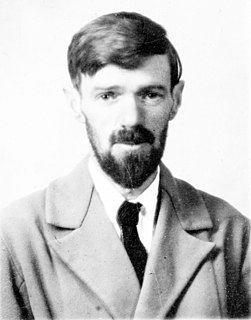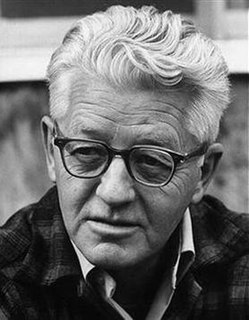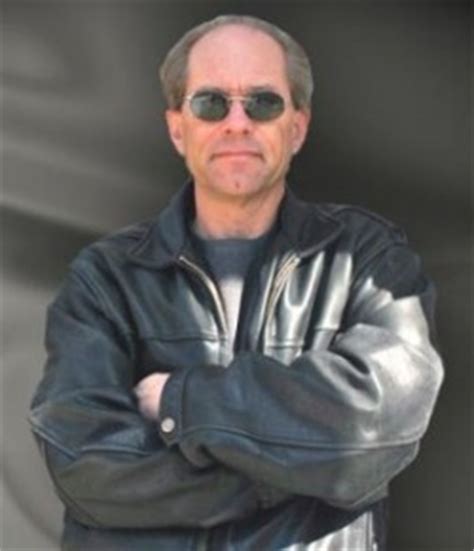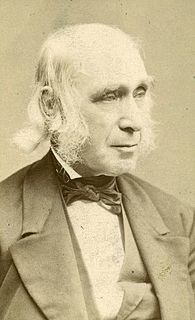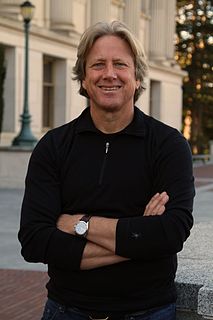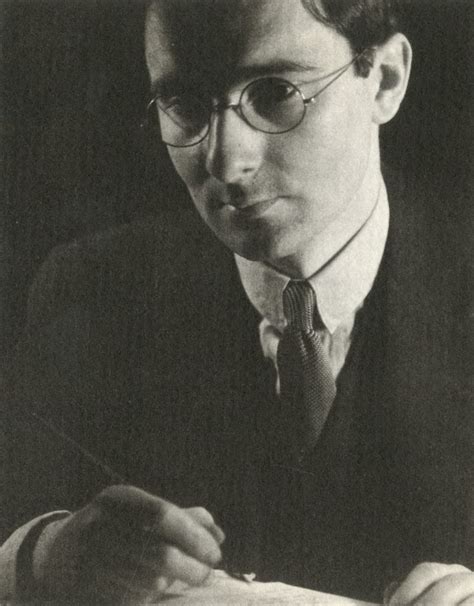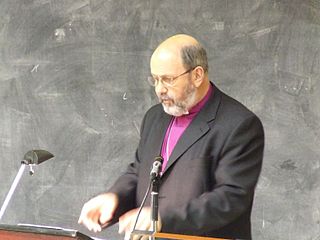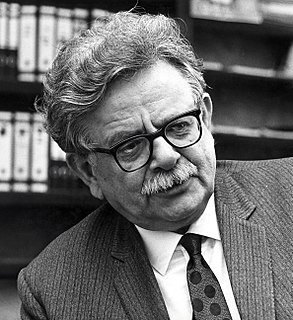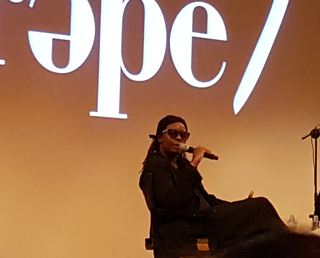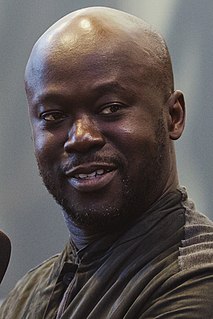A Quote by D. H. Lawrence
A museum is not a first-hand contact: it is an illustrated lecture. And what one wants is the actual vital touch.
Related Quotes
Museums, museums, object-lessons rigged out to illustrate the unsound theories of archaeologists, crazy attempts to co-ordinate and get into a fixed order that which has no fixed order and will not be co-coordinated! It is sickening! Why must all experience be systematized? A museum is not a first-hand contact: it is an illustrated lecture. And what one wants is the actual vital touch.
Touch. It is touch that is the deadliest enemy of chastity, loyalty, monogamy, gentility with its codes and conventions and restraints. By touch we are betrayed and betray others ... an accidental brushing of shoulders or touching of hands ... hands laid on shoulders in a gesture of comfort that lies like a thief, that takes, not gives, that wants, not offers, that awakes, not pacifies. When one flesh is waiting, there is electricity in the merest contact.
But the actual touch of her lingered, inside his heart. That remained. In all the years of his life ahead, the long years without her, with never seeing her or hearing from her or knowing anything about her, if she was alive or happy or dead or what, that touch stayed locked within him, sealed in himself, and never went away. That one touch of her hand.
Studies have shown touch to be the primary language of compassion, love and gratitude - emotions at the heart of trust and cooperation - even more than facial expressions and voice. Touch is the central medium in which the goodness of one individual can spread to another. Touch is the original contact high.
The museum in D.C. is really a narrative museum - the nature of a people and how you represent that story. Whereas the Studio Museum is really a contemporary art museum that happens to be about the diaspora and a particular body of contemporary artists ignored by the mainstream. The Studio Museum has championed that and brought into the mainstream. So the museums are like brothers, but different.
